Lenovo ThinkVision 27 3D first-look
This 3D monitor can be a game-changer for the creative industry, but it’ll cost a hefty sum
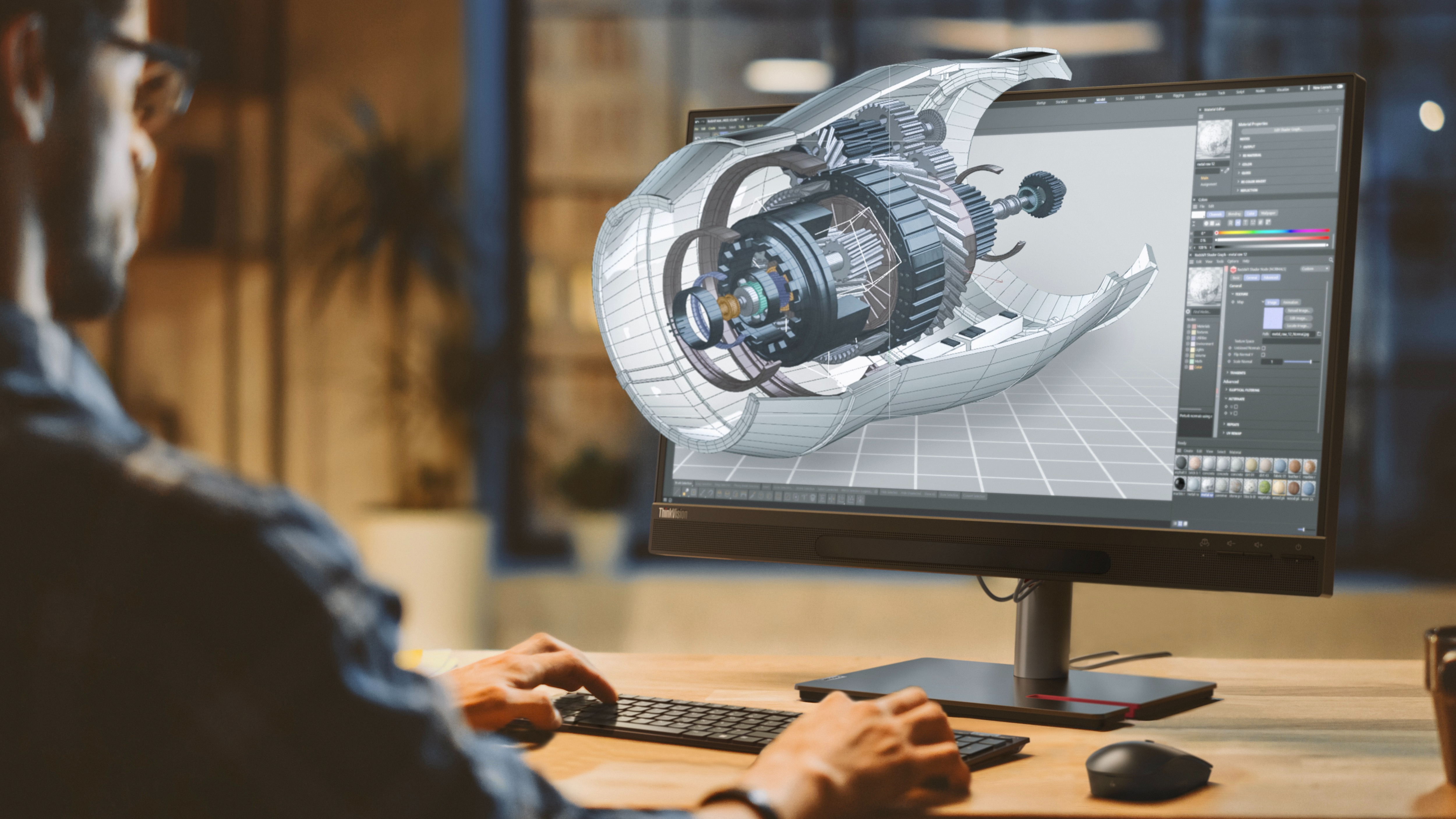

Let’s get one thing out of the way: glasses-free 3D screens are nothing new. Anyone who owned a Nintendo 3DS, introduced way back in 2010, can attest to that. What’s new is that glasses-free 3D technology is now genuinely excellent. At IFA 2023, Lenovo revealed its first 3D monitor. If you’re yet to be convinced by 3D displays, this will change your mind.
It’s so good because the technology is now personalized to you. Investigate the lower bezel of the ThinkVision 27 3D and you’ll find a pair of tiny HAL-like cameras staring upwards, hidden behind tinted glass.
READ MORE

These track your eyes’ movement. The next key element is a switchable lenticular lens, which directs pixels to either your left or right eye.
Even that can’t convey how realistic and crisp the end result is. Nor the fact that it won’t give you a headache after ten minutes. With a mouse in hand, you can zoom in and out of your created 3D models (or an entire world), rotate it, examine it in minute detail. It feels real, with no fuzzy blurring.
Who is the ThinkVision 27D 3D aimed at?
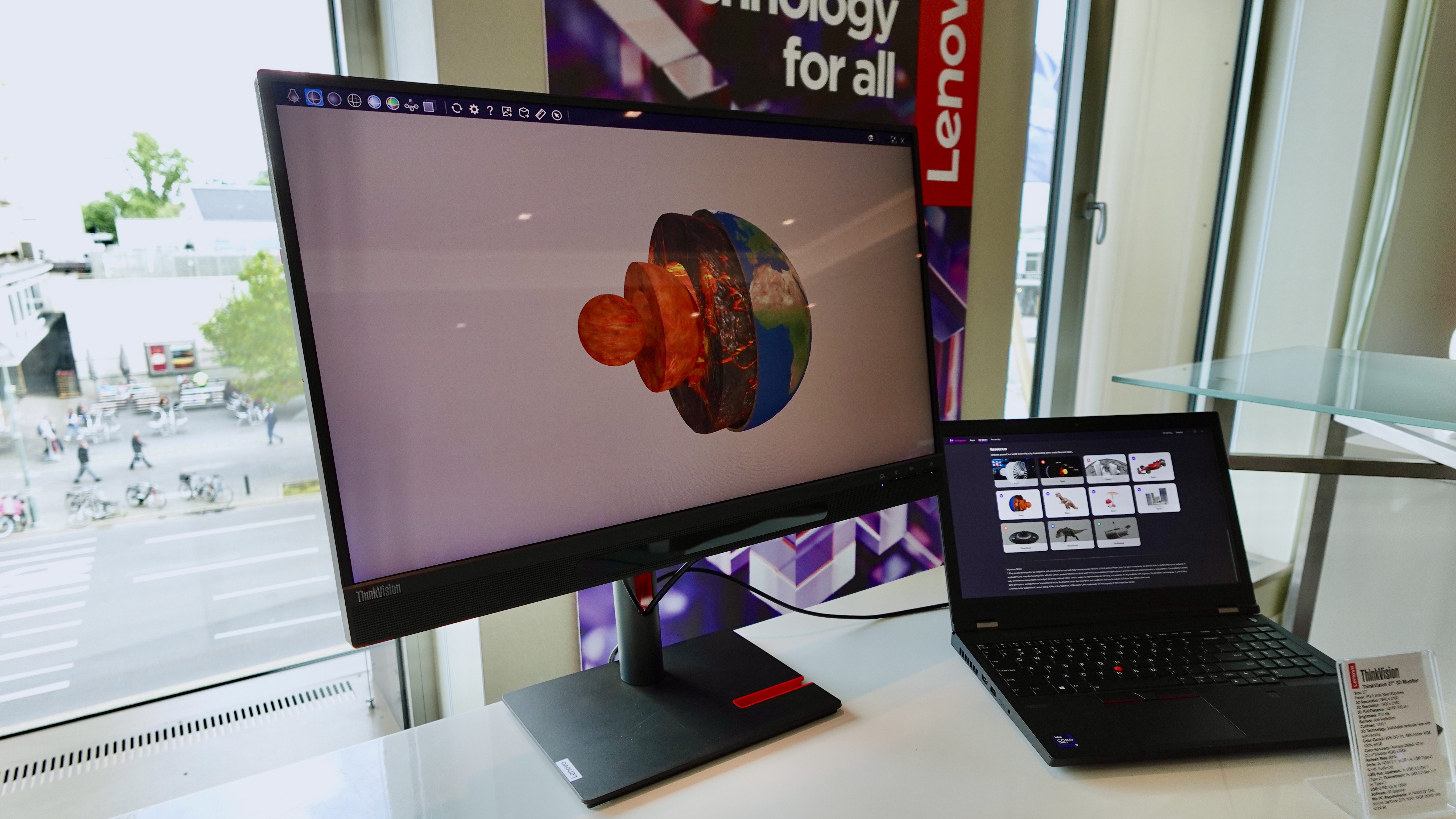
It’s perfectly possible to game in 3D on this monitor, and you may be surprised by just how many games support this feature. However, this isn’t the intended market for the ThinkVision 27 3D, with Lenovo instead targeting professionals who create 3D content.
That’s a catch-all term, including games – there’s even a neat headphone stand. I suspect, though, that the first tranche of buyers will already be familiar with CAD software and its brethren. I can definitely imagine a row of these monitors in the offices of car makers, product designers, and architects.
While it’s expensive – I’ll leave the exact price as a cliffhanger – I suspect that many science teachers would love to have these screens to show a 3D model of the heart, say. This brings us to one more obvious candidate for large 3D screens: healthcare.
Get the ITPro daily newsletter
Sign up today and you will receive a free copy of our Future Focus 2025 report - the leading guidance on AI, cybersecurity and other IT challenges as per 700+ senior executives
Support for third-party software
Lenovo will ship its own 3D Explorer software with the screen. A spokesperson told me the development of this software, rather than the hardware, is the reason the ThinkVision 3D won’t go on sale until February 2024.
Creators will still use their favorite software packages to create content, but they can then export them in a format that will be viewable on the display. In essence, 3D Explorer is a platform that allows creators to view and share their efforts – and for end users to admire them.
Lenovo will also include an SDK for developers to build 3D applications. Expect an update on this at Lenovo’s Tech World 2023 event.
A top-quality display in its own right
The ThinkVision 27 3D is also a great screen. I must take Lenovo at its word that it covers 99% of the DCI-P3 gamut (favored by movie makers) and Adobe RGB (for print designers), but I know from testing previous ThinkVision displays that the company lives up to its claims. Certainly, the images I saw on the screen packed a colorful punch.
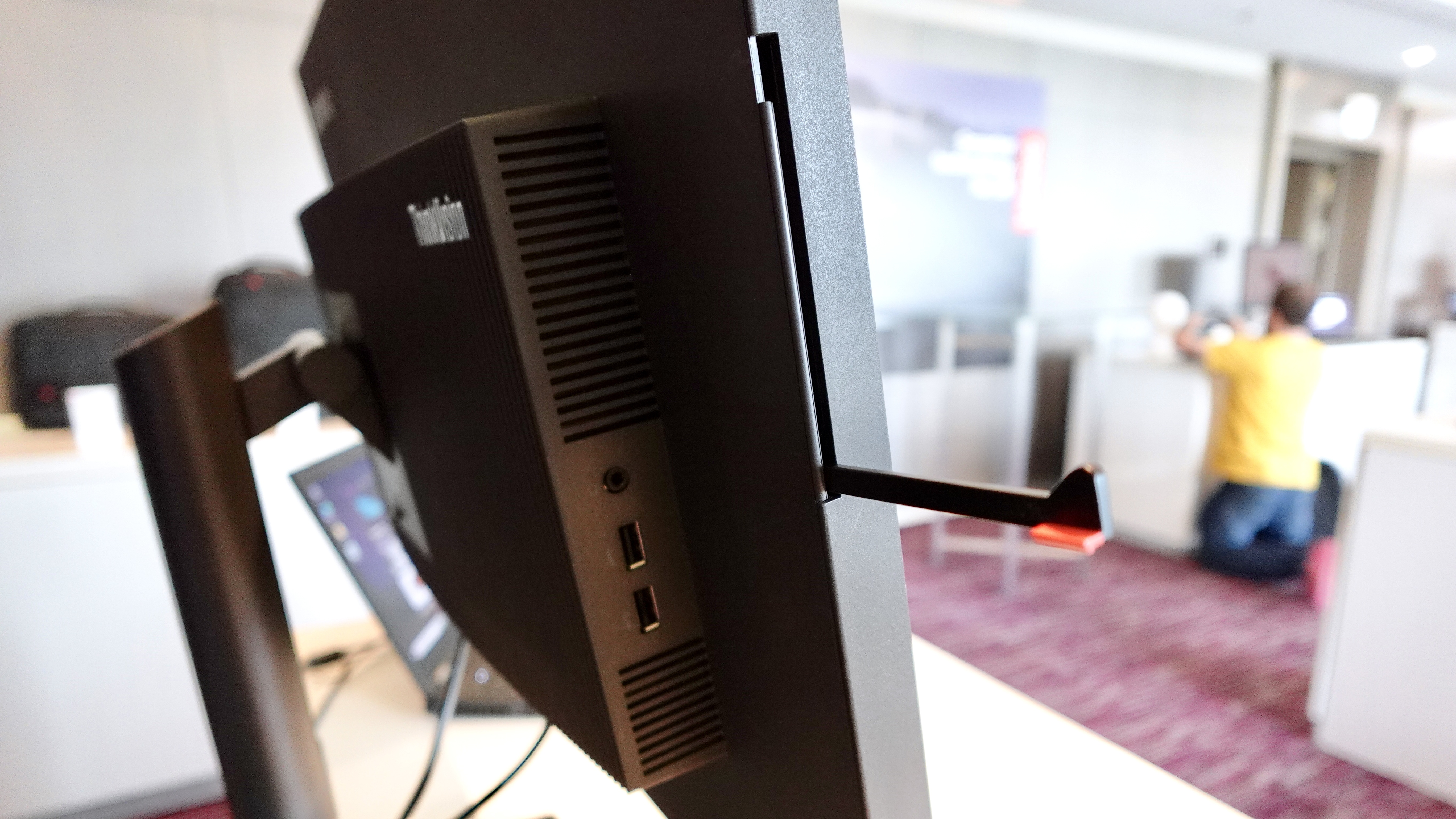
READ MORE
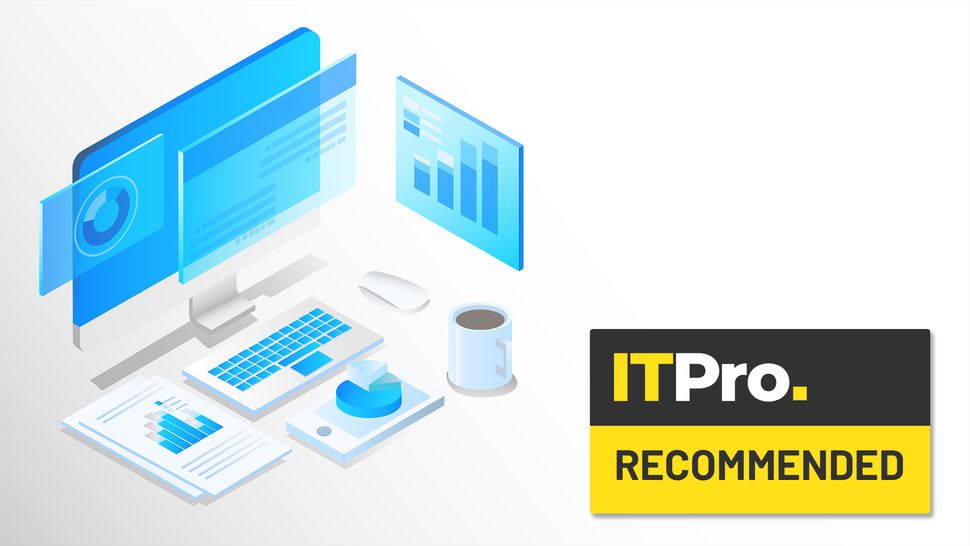
Expect excellent color accuracy, too. Lenovo factory calibrates each monitor to have an average Delta E of under two on its DCI-P3 and Adobe RGB profiles.
It always helps to have a 4K resolution on a big monitor, but even more so here as that resolution is cut in half: one pixel is beamed to your left eye, the other to your right eye. A refresh rate of 60Hz is nothing special, nor is a peak brightness of 310cd/m2, but both are fine for the intended usage of this monitor.
The 3D features will only work over a USB-C connection, with a generous 100W of power delivery to keep even powerful laptops charged, and Lenovo packs in plenty more ports too: two HDMI 2.1, one DisplayPort 1.4, an RJ-45 socket, and five USB-A 3.2 Gen 1 ports.
How much will it cost?
There are two more things you need to know. The first is that, while most of the lens processing is done via electronics in the monitor, you'll still need a computer with graphical grunt. Lenovo says the monitor requires GeForce GTX 1050-level graphics at a minimum, plus at least 16GB RAM, and an oddly specific Core i5-7400 processor.
The second thing is the price. This announcement came at Berlin’s IFA trade show, so we only have euros so far, but it will be €2,999 inc VAT – which is roughly $3,250, or £2,500. That’s expensive even when compared to professional quality 27in monitors with a 4K resolution, but if the Lenovo ThinkVision 27 3D speeds up your workflow then you could argue it’s a bargain.
Tim Danton is editor-in-chief of PC Pro, the UK's biggest selling IT monthly magazine. He specialises in reviews of laptops, desktop PCs and monitors, and is also author of a book called The Computers That Made Britain.
You can contact Tim directly at editor@pcpro.co.uk.
-
 Bigger salaries, more burnout: Is the CISO role in crisis?
Bigger salaries, more burnout: Is the CISO role in crisis?In-depth CISOs are more stressed than ever before – but why is this and what can be done?
By Kate O'Flaherty Published
-
 Cheap cyber crime kits can be bought on the dark web for less than $25
Cheap cyber crime kits can be bought on the dark web for less than $25News Research from NordVPN shows phishing kits are now widely available on the dark web and via messaging apps like Telegram, and are often selling for less than $25.
By Emma Woollacott Published
-
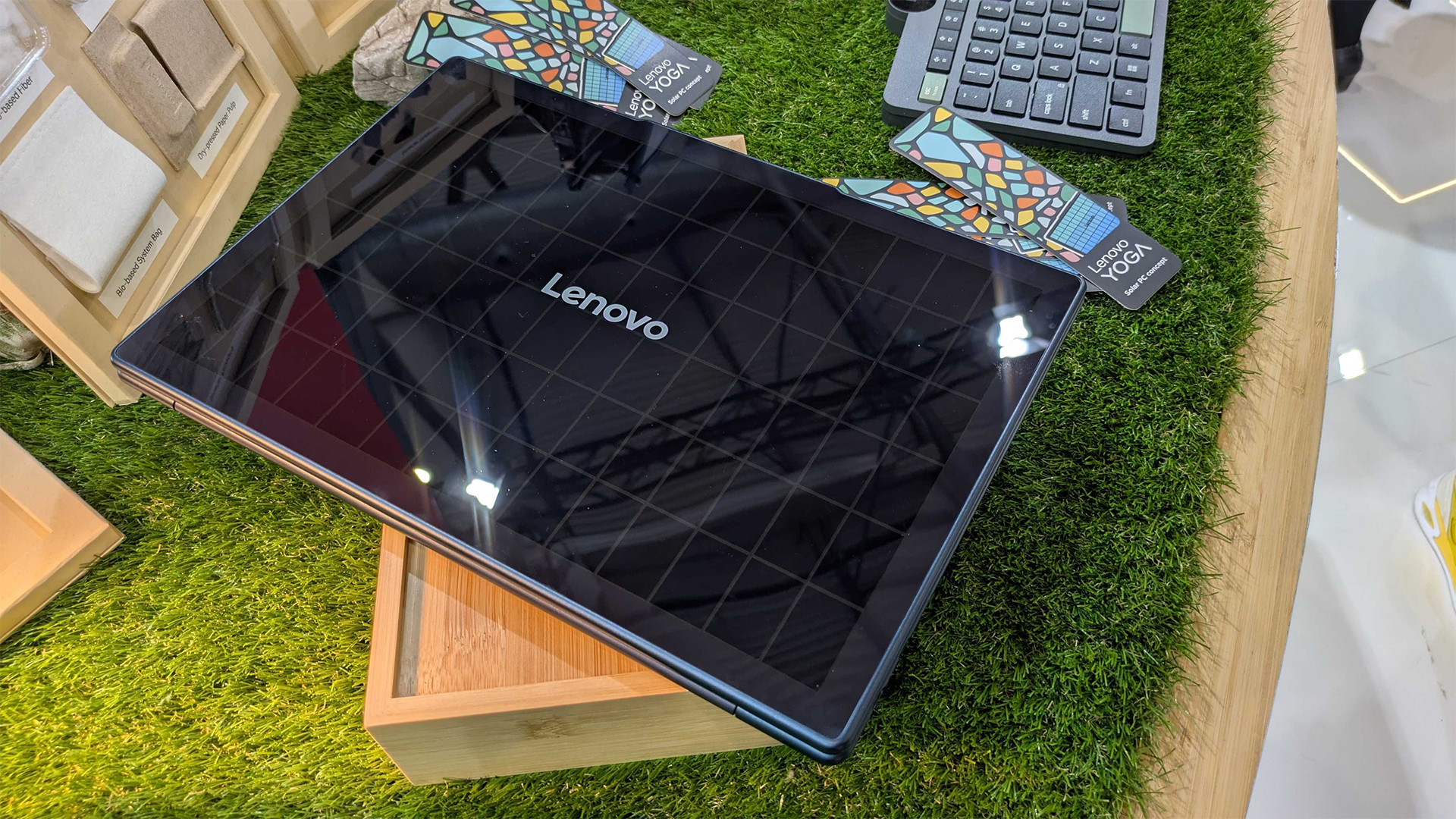 Lenovo’s solar-powered laptop could be a game changer for battery longevity – but we'll be waiting a while for a fully-fledged product
Lenovo’s solar-powered laptop could be a game changer for battery longevity – but we'll be waiting a while for a fully-fledged productNews Lenovo unveiled an experimental solar-powered laptop at MWC 2025 amid updates to the Yoga and Ideapad lineups
By Nicole Kobie Published
-
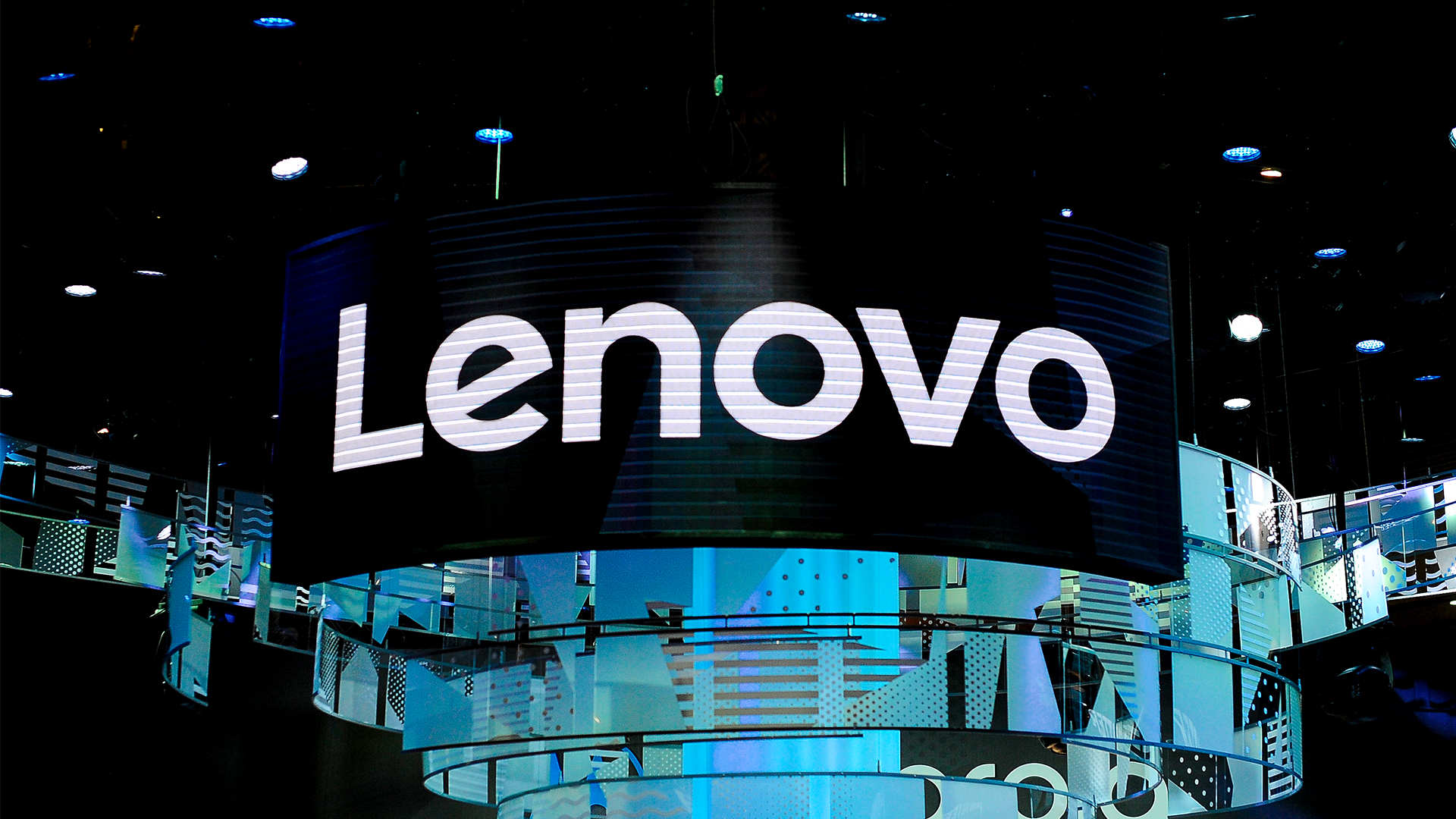 Lenovo unveils its new ‘hybrid-AI’ vision
Lenovo unveils its new ‘hybrid-AI’ visionNews The company says its new modular, customizable solutions deliver higher productivity and tangible return on investment
By Emma Woollacott Published
-
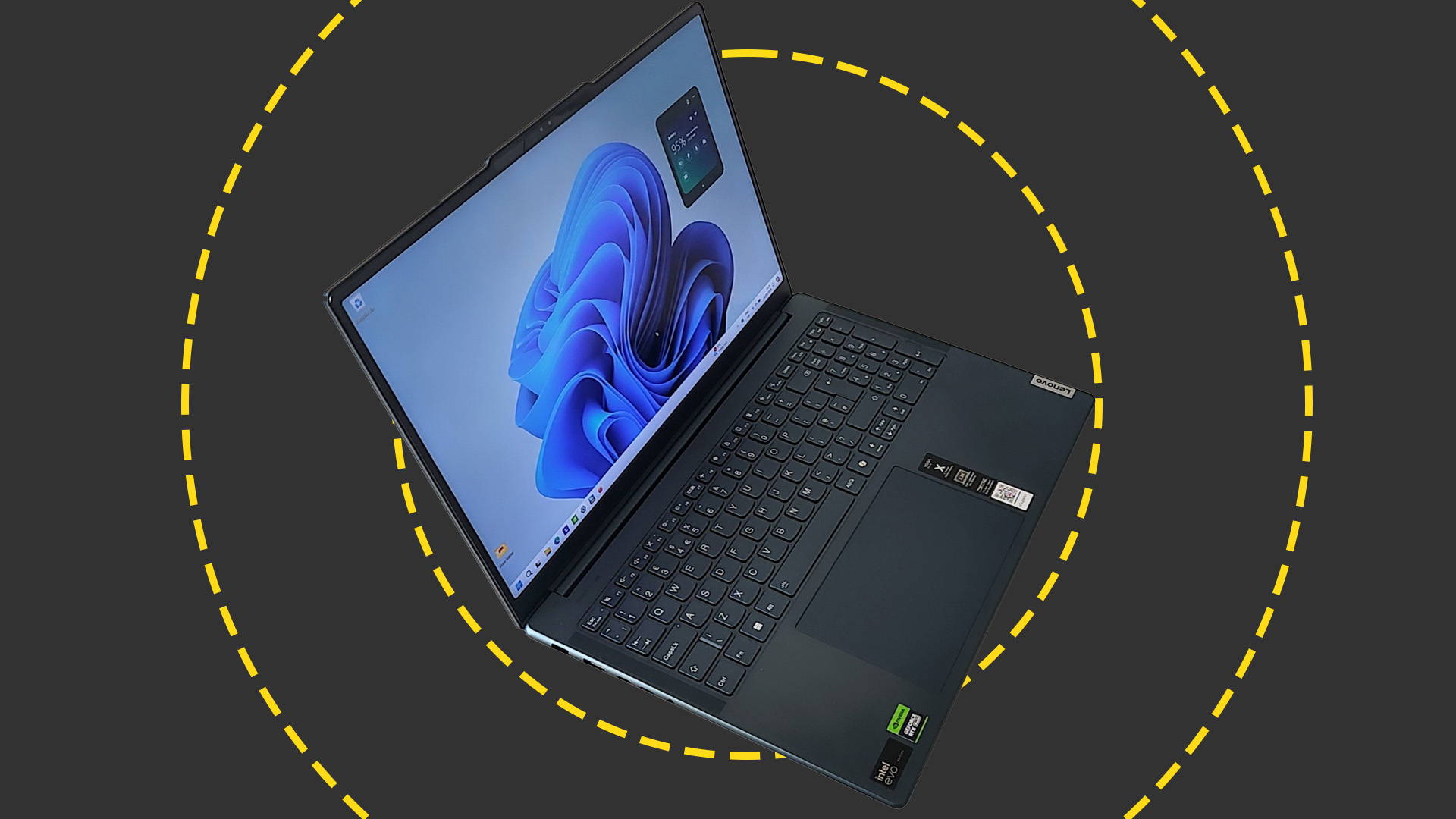 Lenovo Yoga Pro 9i 16 Gen 9 review: One of the best-value laptops on the market
Lenovo Yoga Pro 9i 16 Gen 9 review: One of the best-value laptops on the marketReviews With a powerful Nvidia discrete GPU, and an attractive price, the latest Yoga Pro 9i is the perfect laptop for power creatives on the go
By Alun Taylor Published
-
 Why the world is about to be swamped with AI PCs
Why the world is about to be swamped with AI PCsNews With adoption rates set to surge, AI PCs will become far more mainstream in years to come
By Nicole Kobie Published
-
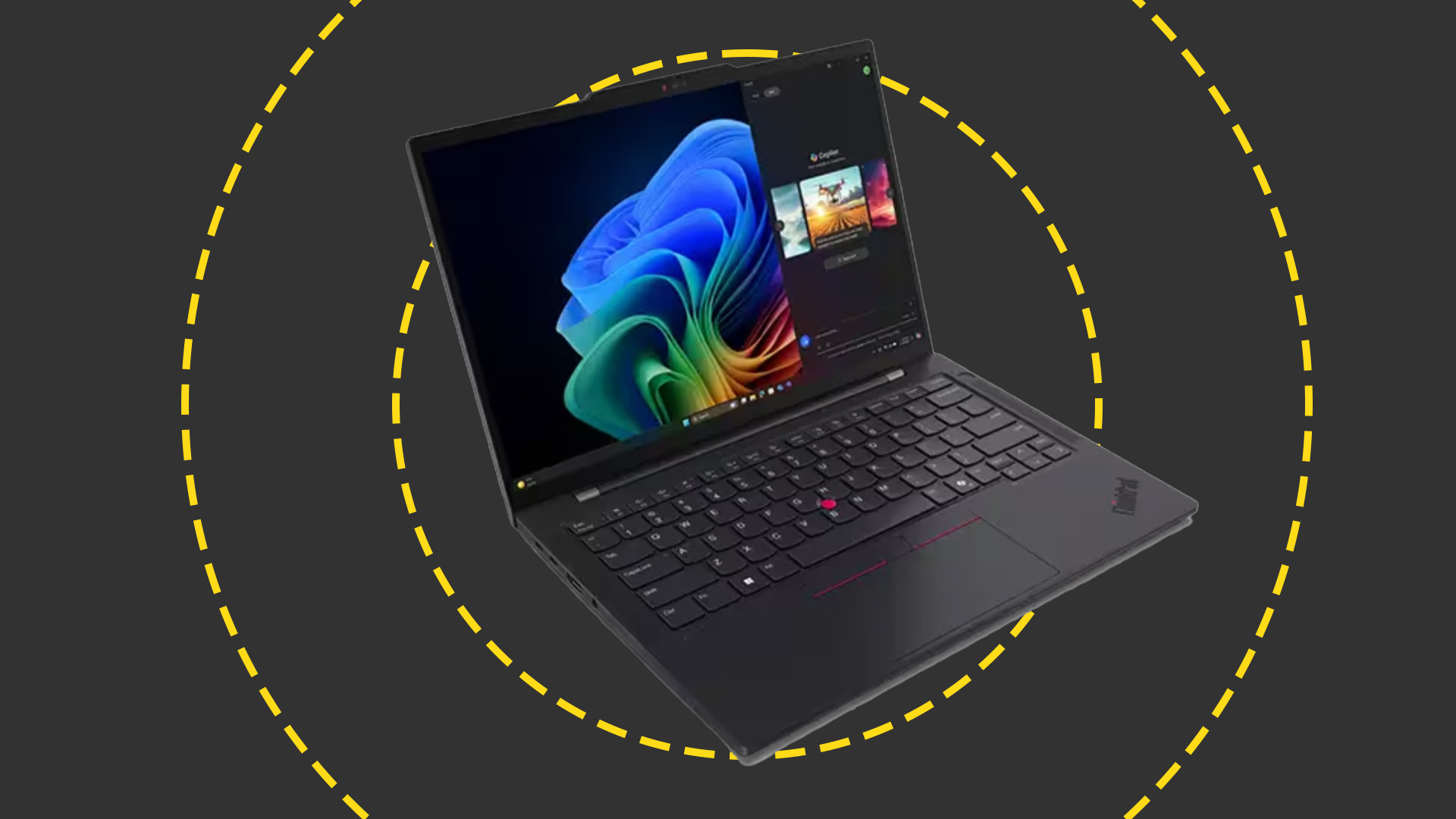 Lenovo ThinkPad T14s Gen 6 review: A safe pair of hands that will last for days
Lenovo ThinkPad T14s Gen 6 review: A safe pair of hands that will last for daysReviews Although unsightly, looks aren't everything -- with this AI-powered laptop capable of offering an outrageously long battery life and blistering performance
By Keumars Afifi-Sabet Published
-
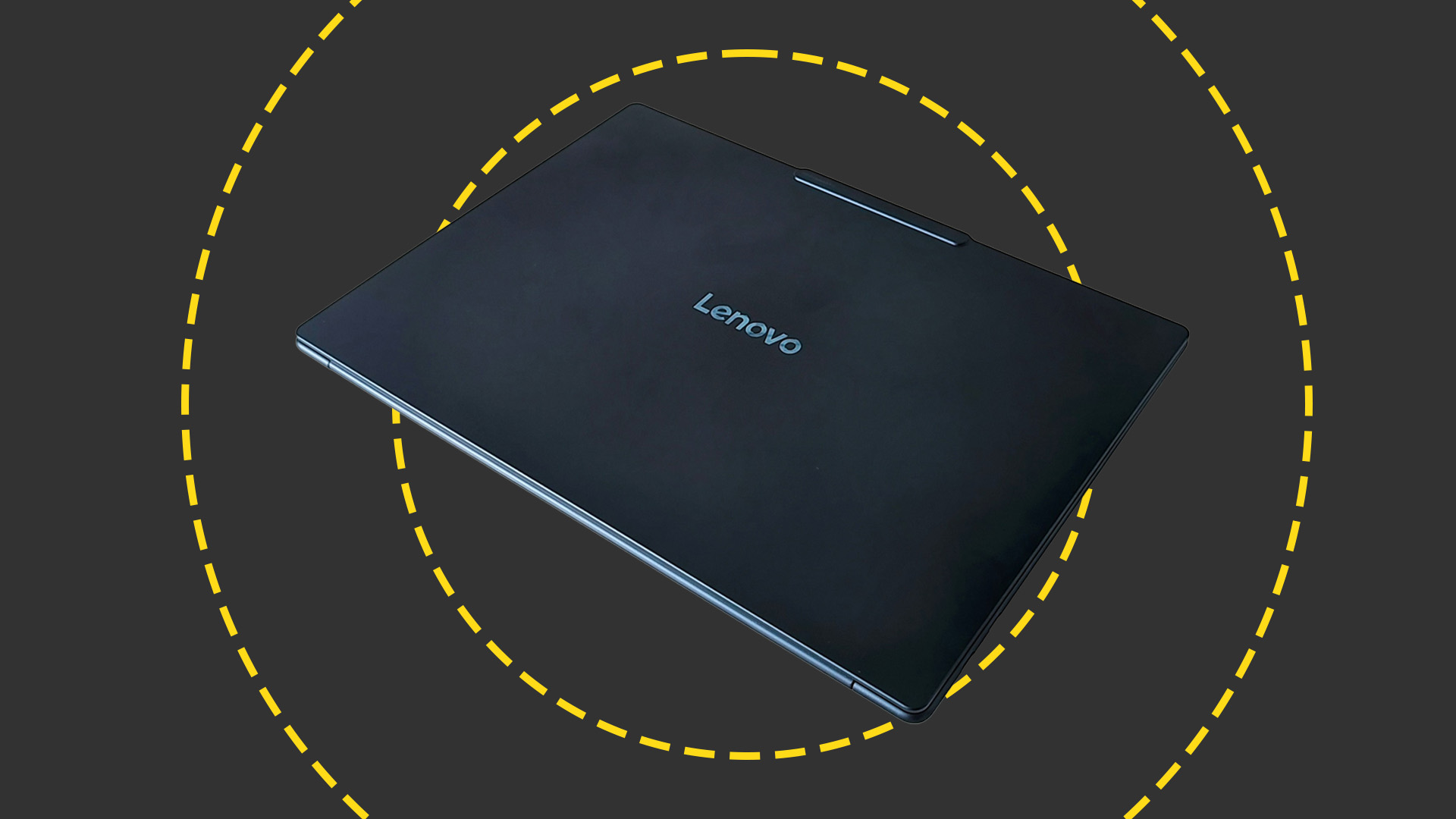 Lenovo Yoga Slim 7x review: At last, Windows on ARM comes good
Lenovo Yoga Slim 7x review: At last, Windows on ARM comes goodReviews With few compatibility issues and Mac-like battery run times the new Snapdragon X Elite silicon is a welcome addition to the laptop world
By Alun Taylor Published
-
 Lenovo ThinkCentre M90a Gen 5 review: A stylish, compact, and feature-laden all-in-one
Lenovo ThinkCentre M90a Gen 5 review: A stylish, compact, and feature-laden all-in-oneReviews Only the flaccid integrated graphics processor lets down Lenovo's otherwise impressive M90a Gen 5
By Alun Taylor Published
-
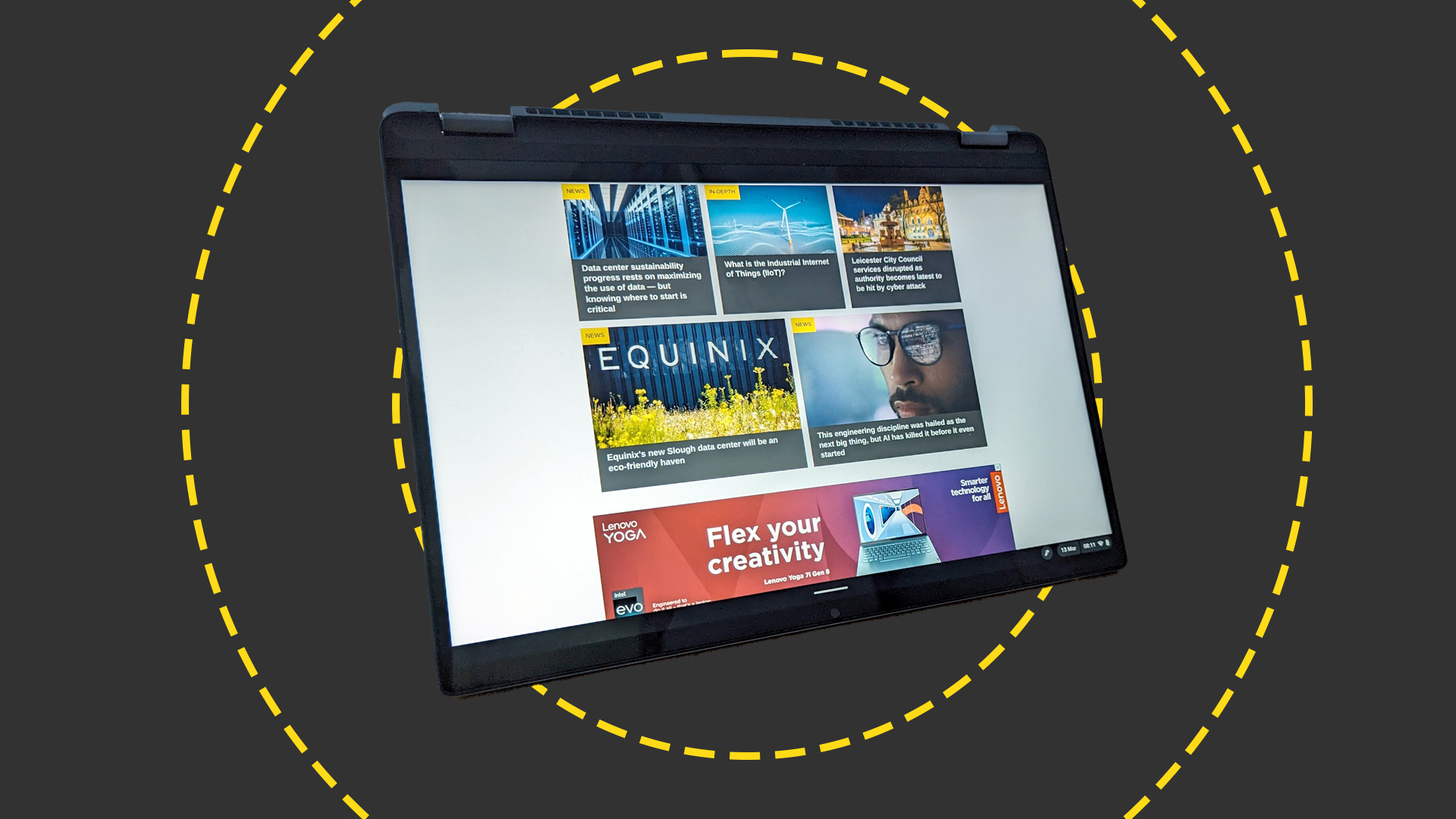 Lenovo IdeaPad Flex 5i Chromebook Plus review: You can't beat this Chromebook Plus for value
Lenovo IdeaPad Flex 5i Chromebook Plus review: You can't beat this Chromebook Plus for valueReviews While not the strongest screen quality or performance, the Flex 5i Chromebook Plus gets most of the way there on a lower budget
By Stuart Andrews Published